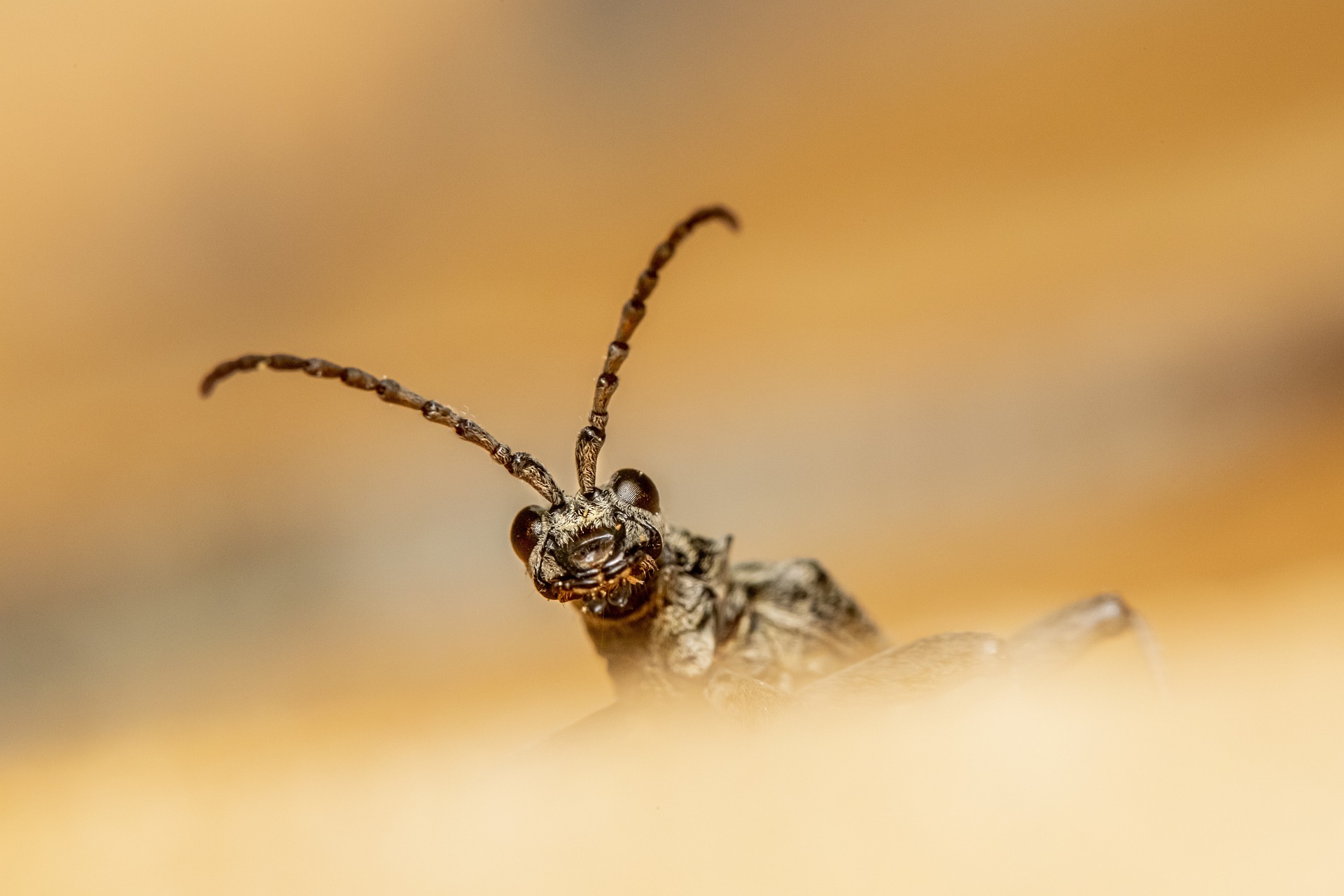The Black-spotted Longhorn Beetle (Rhagium mordax) is a species of longhorn beetle belonging to the family Cerambycidae. Here’s some information about this beetle:
- Appearance: The Black-spotted Longhorn Beetle has a black body with distinctive white spots on its elytra (wing covers), giving it its common name. It has long antennae, which are characteristic of longhorn beetles, and can measure up to 15-25 millimeters in length.
- Habitat: These beetles are commonly found in forests and woodlands throughout Europe and parts of Asia. They inhabit various types of trees, especially deciduous trees such as oak, beech, and birch, where they feed on decaying wood.
- Lifecycle: The lifecycle of the Black-spotted Longhorn Beetle begins with adults laying eggs in crevices or under the bark of trees. The larvae, known as grubs, hatch from the eggs and burrow into the wood, where they feed on the decaying matter. They undergo several stages of development before pupating and emerging as adults.
- Diet: As larvae, Black-spotted Longhorn Beetles feed primarily on decaying wood, helping to break down dead trees and recycle nutrients in forest ecosystems. As adults, they may also feed on nectar, pollen, and plant sap.
- Ecological Role: Black-spotted Longhorn Beetles play important roles in forest ecosystems as decomposers and recyclers of woody material. Their feeding activities contribute to the decomposition process, which in turn enriches the soil and provides nutrients for new plant growth.
- Conservation: While Black-spotted Longhorn Beetles are not considered threatened, they may face habitat loss and degradation due to factors such as deforestation, urbanization, and land use changes. Conservation efforts aimed at preserving and restoring forest habitats are important for the long-term survival of this species and other forest-dwelling organisms.
Overall, the Black-spotted Longhorn Beetle is a fascinating insect species with an important ecological role in forest ecosystems. Its distinctive appearance and behavior make it a subject of interest for entomologists and nature enthusiasts alike.
Views: 21
Subscribe to the newsletter:
